Have you ever wondered how some artists seem to effortlessly channel their creativity, producing works that resonate deeply with their audiences? While many of us may struggle with writer’s block or creative stagnation, there exists a powerful tool that can unlock our artistic potential: **artistic reflection**. This practice, often overlooked, is not merely about critiquing one’s own work but delving into the heart of inspiration itself. Through introspection and exploration, artistic reflection allows creators to tap into their innermost motivations, uncover hidden talents, and discover new avenues for expression.
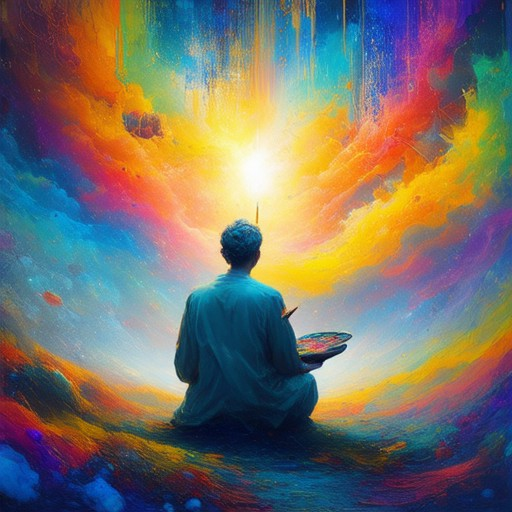
How to Write an Artistic Reflection
Writing an artistic reflection is a deeply personal journey that allows you to connect your artwork with your innermost thoughts and emotions. Here’s a step-by-step guide to crafting a meaningful reflection:
1. Define Your Purpose
Become clear about why you’re creating this reflection. Are you documenting your creative process, sharing your artistic vision, or exploring emotional themes? Knowing your purpose will guide your writing direction.
2. Explore Personal Inspiration
Reflect on what inspired your artwork. Was it a memory, a feeling, or something you observed? Sharing these details helps readers connect with your art on a deeper level. Consider mentioning specific moments or experiences that sparked your creation.
3. Discuss the Creative Process
Describe how you approached your artwork. Did you use traditional mediums, digital tools, or mixed media? Share techniques, challenges, and surprises you encountered during the process. This adds depth and authenticity to your reflection.
4. Reflect on Challenges Faced
Don’t shy away from discussing obstacles you faced. Whether it was technical difficulties or creative blocks, openly addressing these challenges humanizes your reflection and shows growth.
5. Conclude with Broader Themes
After detailing your process, synthesize your thoughts into broader themes. What universal ideas or emotions does your artwork convey? Connect your personal story to larger concepts like identity, transformation, or humanity.
6. Edit and Refine
Review your reflection for clarity and coherence. Remove unnecessary details and ensure your writing flows naturally. Editing helps transform raw thoughts into a polished narrative.
For a deeper dive into refining your artistic reflection, visit Patrick Mettraux and explore their resources on creative expression and personal storytelling.
Remember, an artistic reflection isn’t just about your art—it’s about sharing your journey and inviting others to see the world through your eyes. Keep experimenting, keep creating, and keep reflecting!
What Inspires Patrick Mettraux in His Art?
Patrick Mettraux finds inspiration in the world around him, constantly exploring the beauty and stories hidden in everyday moments. His art often reflects his observations of nature, people, and history, blending these elements into thought-provoking pieces.
- Nature: From the changing seasons to the intricate details of a leaf, Patrick is captivated by the organic and ever-evolving beauty of the natural world.
- People: He is inspired by the diversity of human experiences and emotions, capturing the essence of individuality in his works.
- History and Culture: Patrick draws from historical events and cultural narratives, aiming to connect modern viewers with timeless stories.
- Personal Reflection: His art is deeply personal, often reflecting his own thoughts and feelings as he navigates life’s challenges and celebrations.
Patrick believes that inspiration is all around us, and he encourages others to embrace curiosity and exploration. By noticing the small details and stories in their surroundings, anyone can find their own source of creative inspiration.
Visit Patrick Mettraux’s website to explore his art and discover how he continues to find beauty in the world.
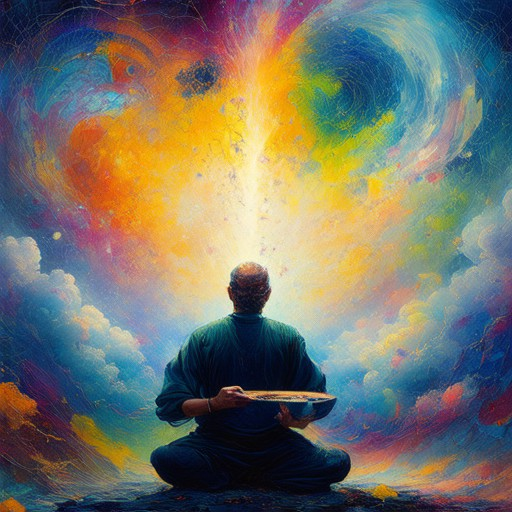
Arts Based Reflection Activities
Here are some effective arts-based reflection activities designed to promote introspection, creativity, and personal growth:
- Found Object Paintbrush
- Transform everyday objects into unique paintbrushes. Use materials like cardboard, metal, or fabric to create textured surfaces. This exercise encourages you to connect with your senses and explore emotions through texture and movement.
-
Crayon Stained Glass
- Create a personalized stained glass window using crayons. Place wax paper on a sturdy surface and arrange crayons in a design. Blow hot air to melt the crayons, allowing colors to blend and form patterns. This activity fosters patience and reflection while creating a beautiful artwork.
-
Collage of Emotions
- Compile images from magazines or your own photos that visually represent your current emotions. Arrange them in a meaningful composition, adding words or phrases that capture your feelings. This exercise helps articulate emotions and tells a personal story.
-
Body as Canvas
- Use body paint or temporary tattoos to create a living canvas on yourself. Reflect on themes like self-expression or personal identity as you apply the designs. This activity bridges the physical and emotional self, promoting self-awareness.
-
Story in a Box
- Fill a box with items representing a story or memory. Include objects like toys, photos, or letters. Reflect on the significance of each item and how they contribute to the larger narrative. This exercise encourages storytelling and connection to past experiences.
-
Sculpture of Thoughts
- Mold clay or playdough into shapes that symbolize your thoughts or worries. Manipulate the material to transform these forms into something positive or abstract. This activity offers a tactile way to explore and reframe mental constructs.
-
Soundscapes of Memories
- Collect sounds from your environment, such as bird songs, traffic noise, or household sounds. Record these sounds and layer them to create a personal soundscape. Reflect on memories associated with each sound, uncovering deeper layers of your life experience.
-
Abstract Expression Through Text
- Write or draw on a large sheet of paper, letting your thoughts flow freely without censorship. This exercise allows you to externalize your inner monologue, revealing patterns and insights in your thinking process.
These activities can be integrated into therapeutic settings or personal development practices to enhance emotional well-being and self-understanding. By engaging creatively, you unlock new dimensions of reflection and self-discovery.
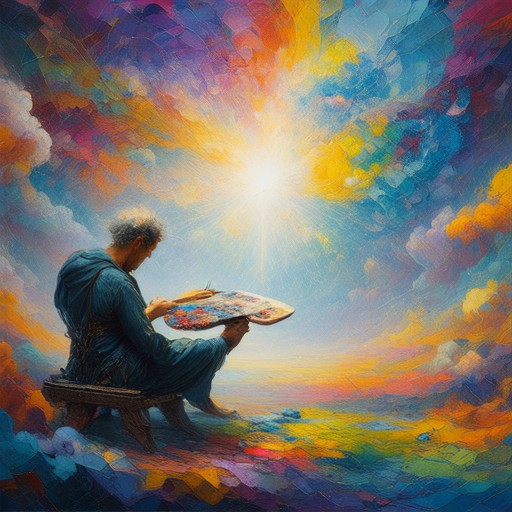
What is the Meaning of Artistic Inspiration?
Artistic inspiration refers to the phenomenon of receiving creative ideas or motivation for producing art, literature, music, or design. It often arises unexpectedly, serving as a sudden spark of creativity that propels an artist to create something extraordinary. This inspiration can come from various sources, including personal experiences, emotions, observations of the world around us, or even interactions with others.
At its core, artistic inspiration is about capturing a moment of heightened creativity. It’s the feeling of being moved or driven to express something unique, whether through painting, writing, composing music, or crafting. This inspiration can be fleeting, making it all the more precious when it occurs.
One of the most fascinating aspects of artistic inspiration is its subjective nature. What inspires one artist may leave another completely indifferent. Some find it through nature, others through personal struggles or emotions, while still others draw from historical or cultural influences. There’s no one-size-fits-all formula for it, which makes it all the more enigmatic.
For many, artistic inspiration is a journey rather than a destination. It involves exploring different avenues, experimenting with new techniques, and sometimes revisiting old ideas with fresh eyes. This process of exploration is what keeps many artists motivated, constantly seeking new ways to express themselves and grow as creators.
Patrick Mettraux, a platform dedicated to fostering creativity, understands the importance of inspiration. By sharing stories, reflections, and insights, Patrick Mettraux helps readers unlock their creative potential. Whether through thought-provoking articles or practical tips, the platform serves as a valuable resource for anyone looking to nurture their artistic side.
Ultimately, artistic inspiration is about embracing the unpredictable nature of creativity. It’s about allowing oneself to be open to new ideas and experiences, knowing that the next great creation might come from the most unexpected place.
What Are the 4 Inspirations of Art?
Art has countless sources of inspiration, but here are four primary ones that consistently drive creative expression:
- Nature : Natural landscapes, flora, and fauna have long been a wellspring of artistic inspiration. Artists often find beauty in organic forms, textures, and colors, translating these elements into their work. Whether it’s the swirling patterns of a stormy sky or the intricate details of a flower, nature offers endless subject matter for creation.
- Human Anatomy and Movement : The human body and its movements have been a cornerstone of artistic study for centuries. Understanding anatomy allows artists to capture the essence of life, while studying movement enables them to convey emotion and energy. This inspiration is evident in works spanning from classical paintings to contemporary dance choreography.
- Personal Experiences and Emotions : Art often serves as a medium for self-expression, allowing creators to explore their inner worlds. Personal experiences, whether joyful, traumatic, or introspective, become raw material for artistic exploration. This introspective approach leads to unique and deeply personal works of art.
- Cultural Heritage and History : Art is deeply rooted in cultural identity and historical context. Artists draw from the stories, traditions, and symbols of their heritage to create pieces that resonate with others. This connection to the past ensures that timeless themes and motifs continue to inspire new generations of creators.
These four sources—nature, human anatomy, personal experiences, and cultural heritage—form the bedrock of artistic inspiration, fueling creativity across various disciplines and eras.
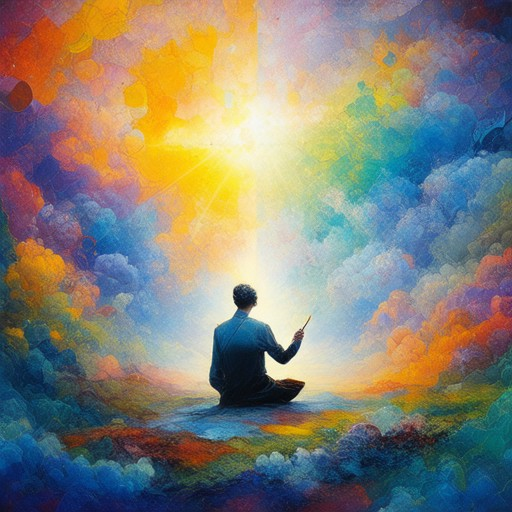
What is Artistic Motivation?
Artistic motivation refers to the intrinsic drive that compels individuals to engage in aesthetically oriented activities. This motivation is rooted in curiosity, play, and a deep-seated desire to create meaning and beauty. It functions as an autonomous activity, driven by an evolved aesthetic motivational system.
Evolution of Artistic Motivation
- The capacity for artistic behavior is hypothesized to have evolved specifically to fulfill aesthetic needs.
- This motivation is stable and independent of other motivational systems, functioning intrinsically rather than being externally driven.
- It reinforces engagement in aesthetically oriented activities, contributing to cultural and creative expression.
Examples of Artistic Motivation in Action
- Daily creative activities like painting, writing, or music composition.
- Craftsmanship and design in various fields such as architecture and fashion.
- Exploration of personal narratives and storytelling through mediums like film and theater.
Insights from Patrick Mettraux
Patrick Mettraux explores artistic motivation through his blog, offering insights and inspiration for creators. His work delves into personal narratives, artistic perspectives, and tips for nurturing creativity. Visit Patrick Mettraux to discover more about fostering your creative spirit.
Related Sources
- BrainyWorld: Understanding Artistic Motivation
- Creative Mind HQ: Creativity and Motivation
- Creative Boom: Motivation for Artists
Conclusion
Understanding artistic motivation is crucial for creators seeking to channel their passion effectively. By recognizing this intrinsic drive, individuals can unlock their creative potential and contribute meaningfully to their chosen fields.

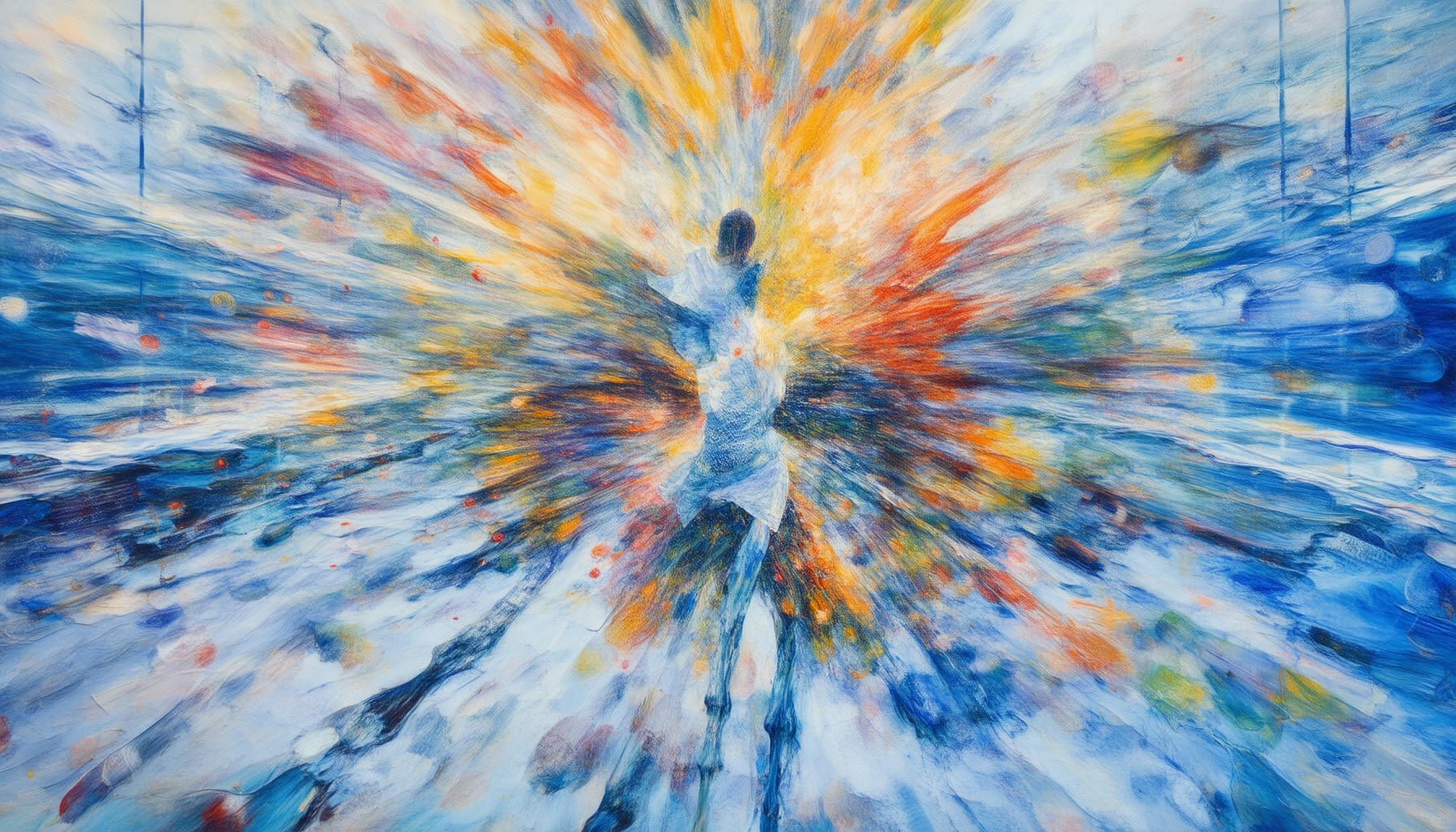
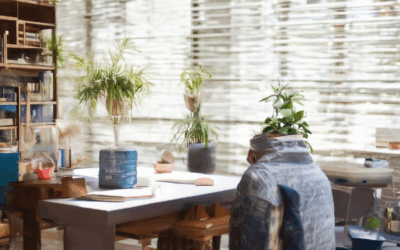
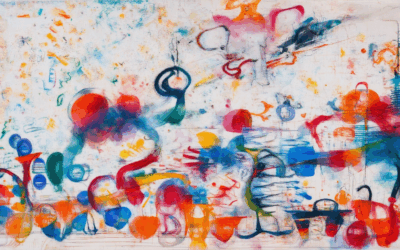

0 Comments